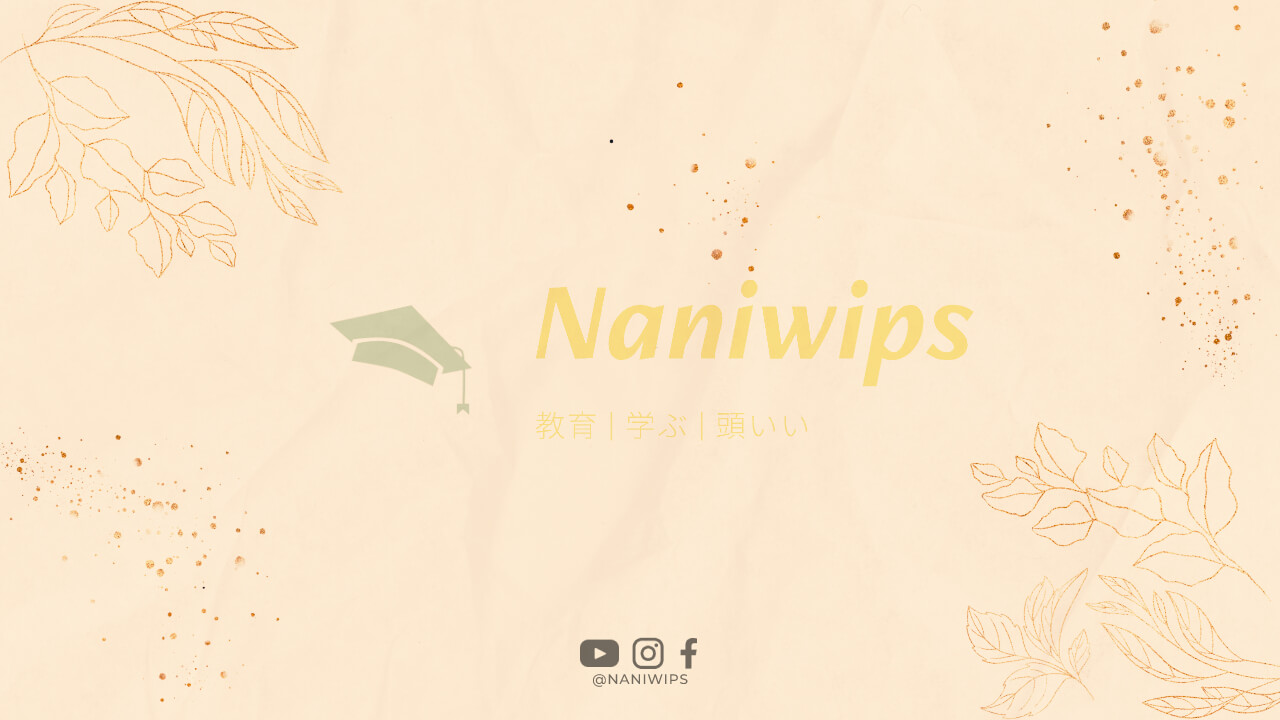The Japanese New Year celebration is a significant event in Japan, and it is customary to send out greeting cards to family, friends, and colleagues. Writing a Japanese New Year greeting card, or “nengajo,” is an art form that requires care and attention to detail. In this article, we will share with you some tips on how to write Japanese New Year greetings with class, with the help of a seasoned “nengajo” writer, or “nengajo sensei.”
Who is a “Nengajo Sensei”?
A “nengajo sensei” is a person who specializes in writing Japanese New Year greeting cards. These individuals are skilled at crafting beautiful and meaningful messages that capture the essence of the New Year season. They are often sought after by those who want to send out high-quality “nengajo” cards that make a lasting impression.
How to Choose the Right Card
Before you start writing your Japanese New Year greeting, it’s essential to select the right card. The card you choose should reflect your personality and convey your message effectively. For example, if you’re sending a “nengajo” to a business associate, you may want to choose a more formal card. On the other hand, if you’re sending a card to a close friend or family member, you may want to choose a more personal card.
How to Write in Japanese
If you’re writing your “nengajo” in Japanese, it’s essential to use the correct kanji and hiragana characters. You may want to consult with a “nengajo sensei” or a Japanese language expert to ensure that your message is written correctly. It’s also important to use polite language, especially if you are writing to someone you don’t know well.
How to Write Your Message
When writing your Japanese New Year greeting, it’s essential to convey your message clearly and concisely. You may want to start by expressing your gratitude and appreciation for the recipient. You can also wish them good health, happiness, and success in the coming year. It’s also a good idea to include a personal message that reflects your relationship with the recipient.
How to Add Personal Touches
If you want to make your “nengajo” extra special, you can add some personal touches to it. For example, you can include a photo of yourself or your family, or you can add a small gift, such as a lucky charm or a small bag of candy. You can also decorate your card with traditional Japanese motifs, such as cherry blossoms or pine trees.
How to Address Your Card
When addressing your Japanese New Year greeting card, it’s essential to use the correct honorifics. For example, if you’re writing to a superior, you should use the honorific “san” after their name. If you’re writing to a friend or family member, you can use a more informal greeting, such as “akemashite omedetou gozaimasu.”
How to Send Your Card
Once you’ve written your Japanese New Year greeting card, it’s time to send it! In Japan, it’s customary to send out “nengajo” cards before the end of the year. You can send your card by mail or by hand-delivering it. If you’re sending your card overseas, make sure to send it well in advance to ensure that it arrives on time.
Final Thoughts
Writing a Japanese New Year greeting card is a wonderful way to connect with your loved ones and show your appreciation for them. By following these tips and working with a “nengajo sensei,” you can create a beautiful and meaningful “nengajo” card that will be treasured for years to come.
Remember, the most important thing is to express your heartfelt wishes for the recipient’s well-being and happiness in the coming year. Happy New Year!



